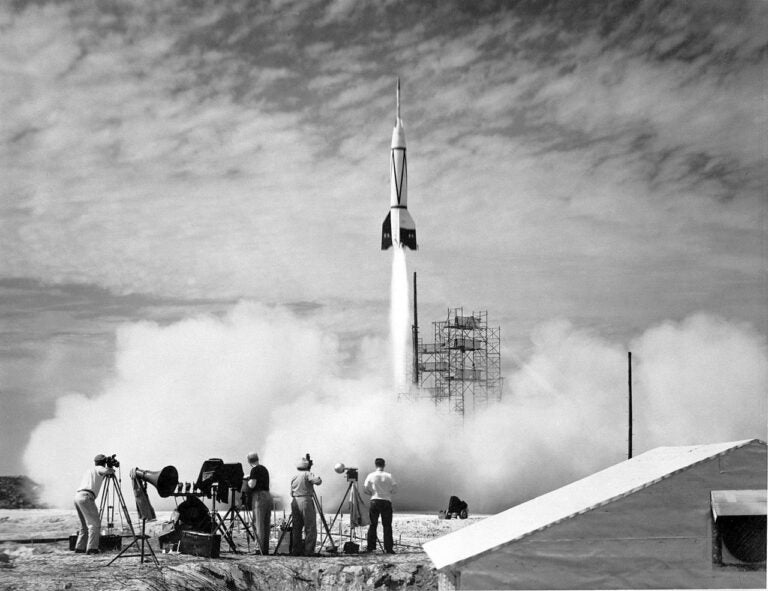Alpha Centauri has captured the attention of many scientists, and for a good reason. Not only is it the closest star system, but, as the video points out, it seems like a great candidate to find an exoplanet.
While Project Blue is still fundraising for a new telescope to study Alpha Centauri, researchers are working on ways to successfully travel to the star system 4.37 light-years away.
Speculative Films released a short documentary called “Traveling to Alpha Centauri?” in support of Project Blue. The documentary discusses the most recent method: an anti-matter propulsion system.
Anti-matter propulsion wouldn’t be quite as fast as a warp powered Starfleet vessel in the Star Trek universe, but it could speed up the trip to Alpha Centauri: Scientists say this method could power a rocket that could get a probe to Alpha Centauri in 40 years, which is 1000-times faster than the technology we are currently using.
The engine would work by producing cold positrons, then slamming them into their positive matter equivalent, the electron. Because matter and anti-matter annihilate each other, the reaction could provide a way to propel the spacecraft to unprecedented speeds.
NASA and Breakthrough Starshot are still researching technologies for interstellar travel, but developing these technologies could be the key to leaving our solar system and studying another. The recent discovery of an Earth-mass planet around nearby Proxima Centauri could be a good catalyst to get those plans off the ground.
Traveling to Alpha Centauri? from Speculative Films on Vimeo.










